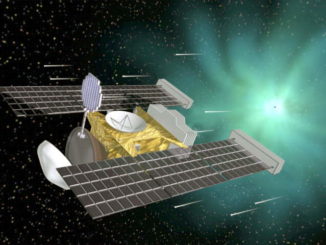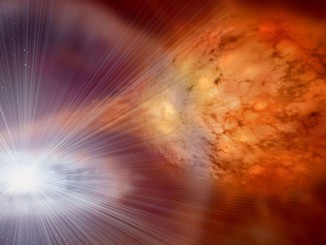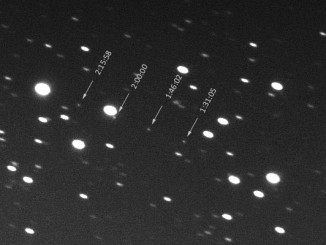
Stardust


Dust grains could be remnants of stellar explosions billions of years ago
Microscopic particles of stardust, known as “pre-solar grains,” have been found in meteoritic material on Earth. Researchers are investigating whether these particles may have formed in classical novae explosions, ejecting stellar material in the form of gas and dust into the space between stars in the galaxy, eventually to be recycled in the creation of our solar system.

Astronomers recall discovery of Phaethon — source of Geminid meteors
The beautiful Geminid meteor shower is due to light up the heavens this weekend, but the source of the enigmatic cosmic display had eluded stargazers for more than 120 years. Then, in 1983, two University of Leicester astronomers — Dr. Simon Green and Dr. John Davies — used data from the IRAS satellite to discover 3200 Phaethon, an asteroid with a very unusual orbit.
